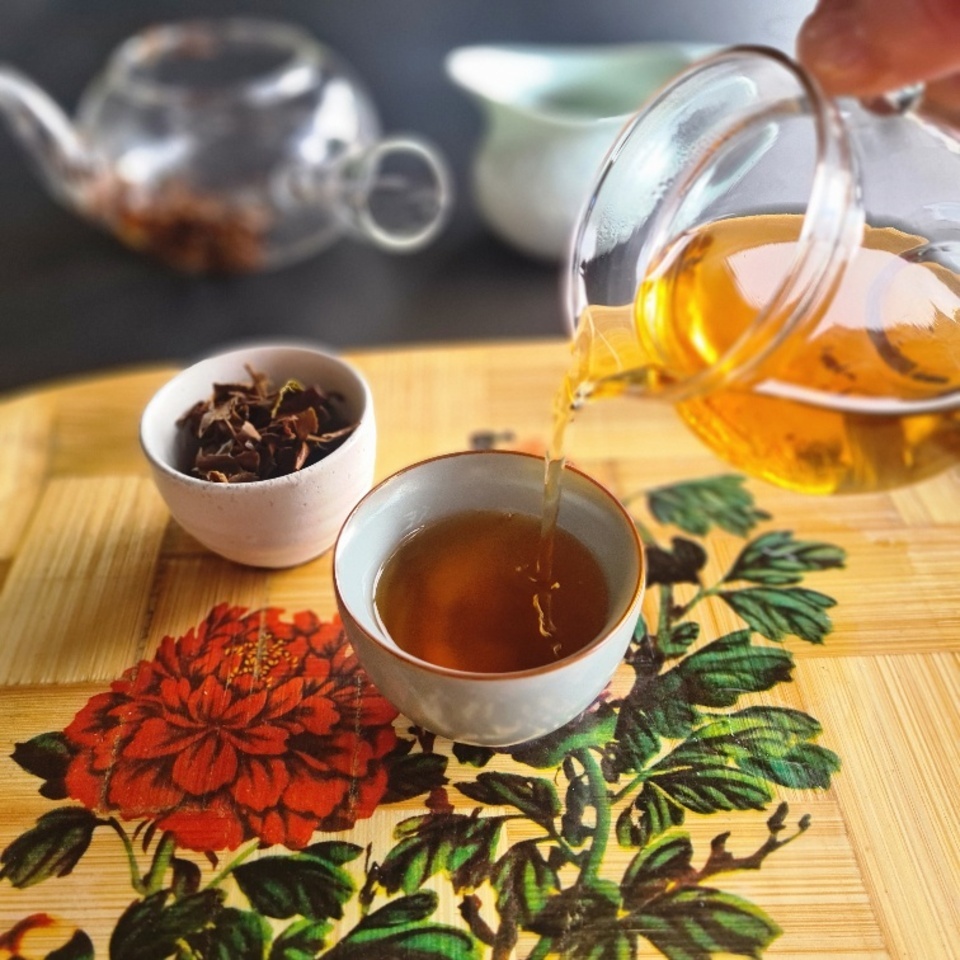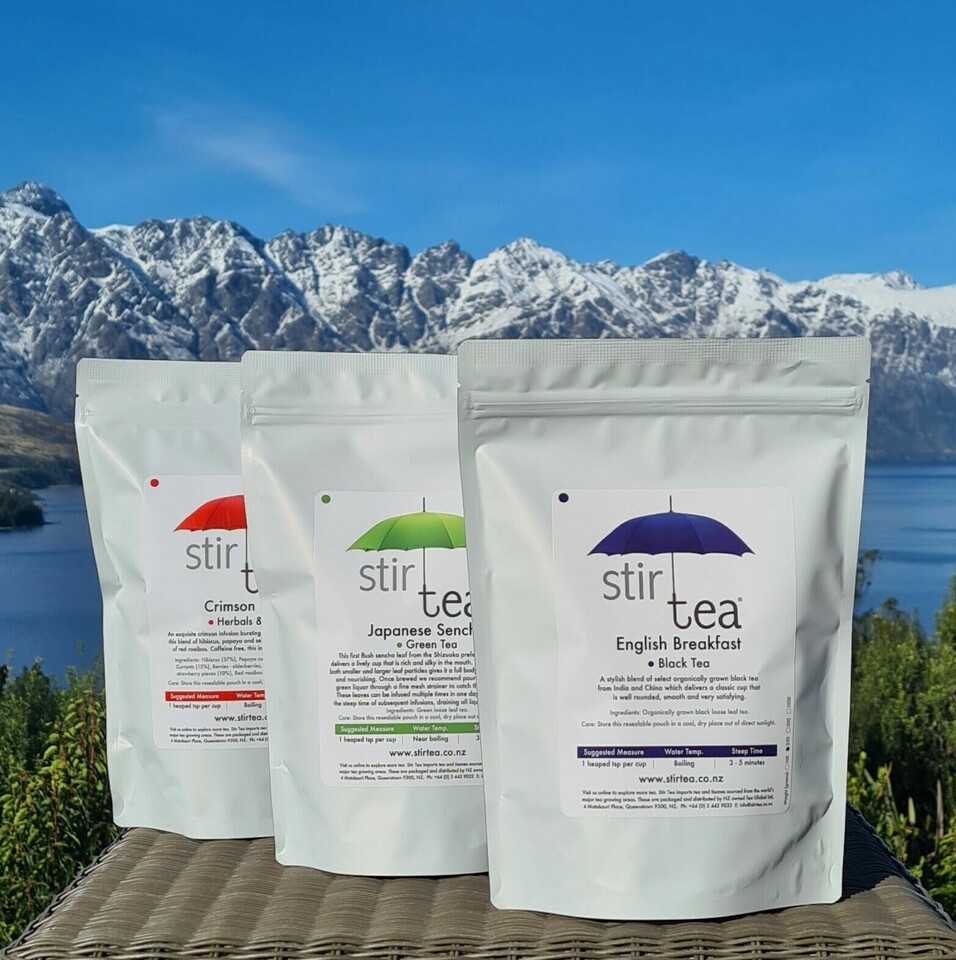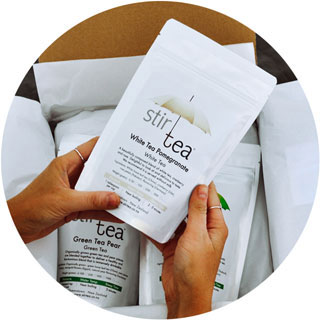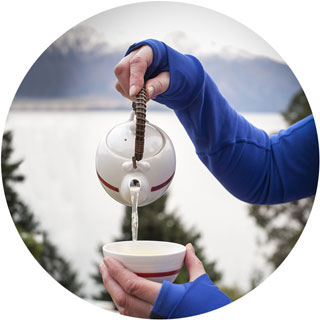If you come across an old packet of tea hidden in your cupboard that is well past its best-before (BBF) date then consider reviving the leaves with a refresher roast rather than discarding them.
A refresher roast is a light roast of the leaves done at low temperature. The purpose is to dispel humidity from the leaves and to add back some brightness and vibrancy. The low temperature helps to retain the aromatics of the tea and avoids scorching or caramelizing the leaves.
The refresher roast method is best done on pure tea leaves and can work particularly well for pure black and oolong teas (leaves that have already undergone oxidisation during their earlier processing) as well as some roasted green teas. You may find limited success with flavoured teas and sadly the process will not recover tea that has been contaminated with unwanted odours.
In August 2023 when we tested the method outlined below, we had very good success with a 2019 BBF darjeeling black tea (pictured). The brew from the refreshed leaves was much brighter and lively in the mouth.
We also observed a noticeable improvement in a 2018 BBF dragonwell green tea but perhaps not surprisingly had less success with a 2018 BBF silver needle white tea and 2017 BBF white peony teas which did not offer a noticeable difference under our test conditions.
If you have time to experiment and play then a refresher roast is well worth exploring.
Our observations and suggestions for you:
a. Start off using small amounts of tea - this way you can taste and be satisfied with the results before you commit a large amount. We started with just 5 grams of tea leaf.
b. If at first you don't get the result you want then try again tweaking some of the main variables like oven temperature or length of roast (another good reason to use small amounts). We found good results using an oven preheated to 50 degrees celsius on fan bake and a bake time of 15 minutes.
c. Leaf shape and style will impact your results – a flat leaf style like dragonwell will give a different result than a balled green tea which may need a longer time.
d. Be mindful that any lingering cooking smells in your oven could taint the tea and results.
e. While this process is often referred to as a roast, when you are using the oven method outlined below it might be considered more of a bake. You could experiment with using your slow cooker, rice cooker, or a solid pan over direct heat that can keep a consistently low temperature.
f. After removing the roasted tea leaves from the oven we allowed them to cool completely (around 10 minutes) before brewing them.
g. Don’t forget to also prepare a brew of the unroasted leaves to drink alongside so you can directly compare how successful this process has been for your leaf – a blind-tasting comparison is a great way to hone your senses.
h. Once you are happy with trial quantities then prepare larger amounts. Ensure your roasted and freshened leaves are fully cooled before you store them.
Method:
Please read our recommendations above before you start.
- Pre-heat your oven. Keep the oven temperature low - certainly well under 100 degrees celsius and start with 15 minutes.
- Line a baking tray and spread your tea leaf evenly on it. Start with a small amount of tea so you can see if the results will work for your leaf.
- Once baked remove from the oven and let cool before brewing.
- Ensure any refreshed tea leaf that you are keeping for later is completely cool before storing.
Posted: Wednesday 9 August 2023







